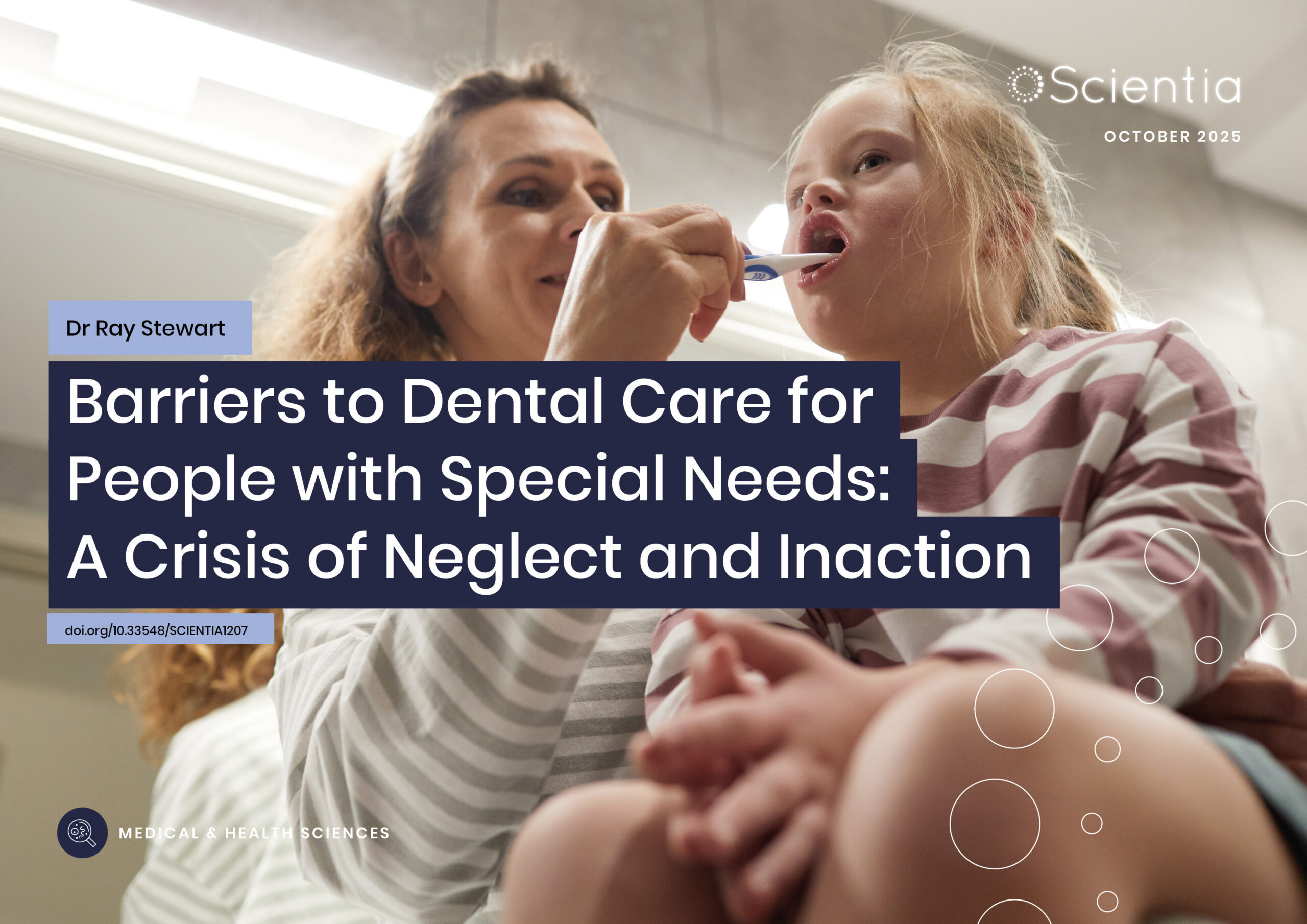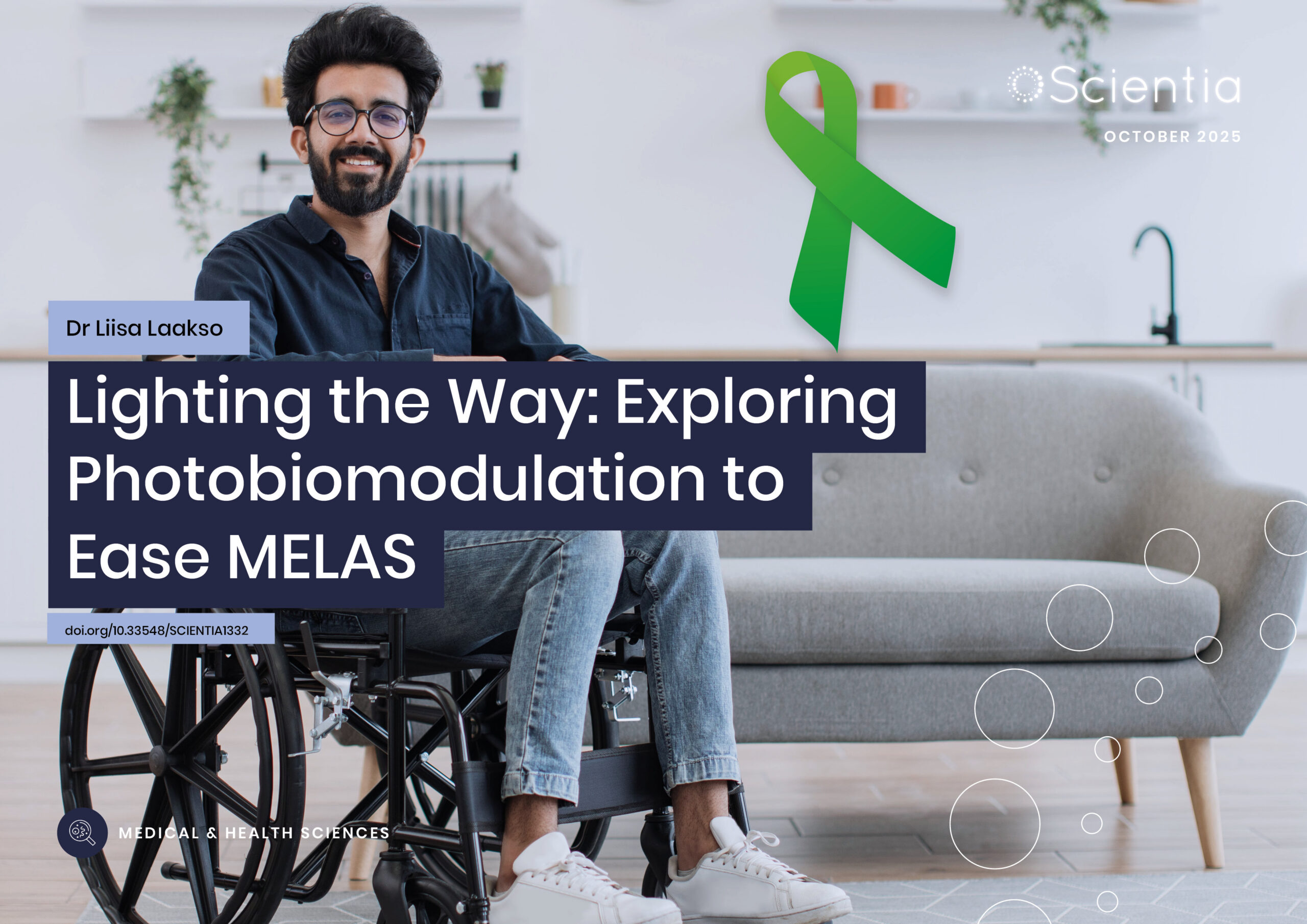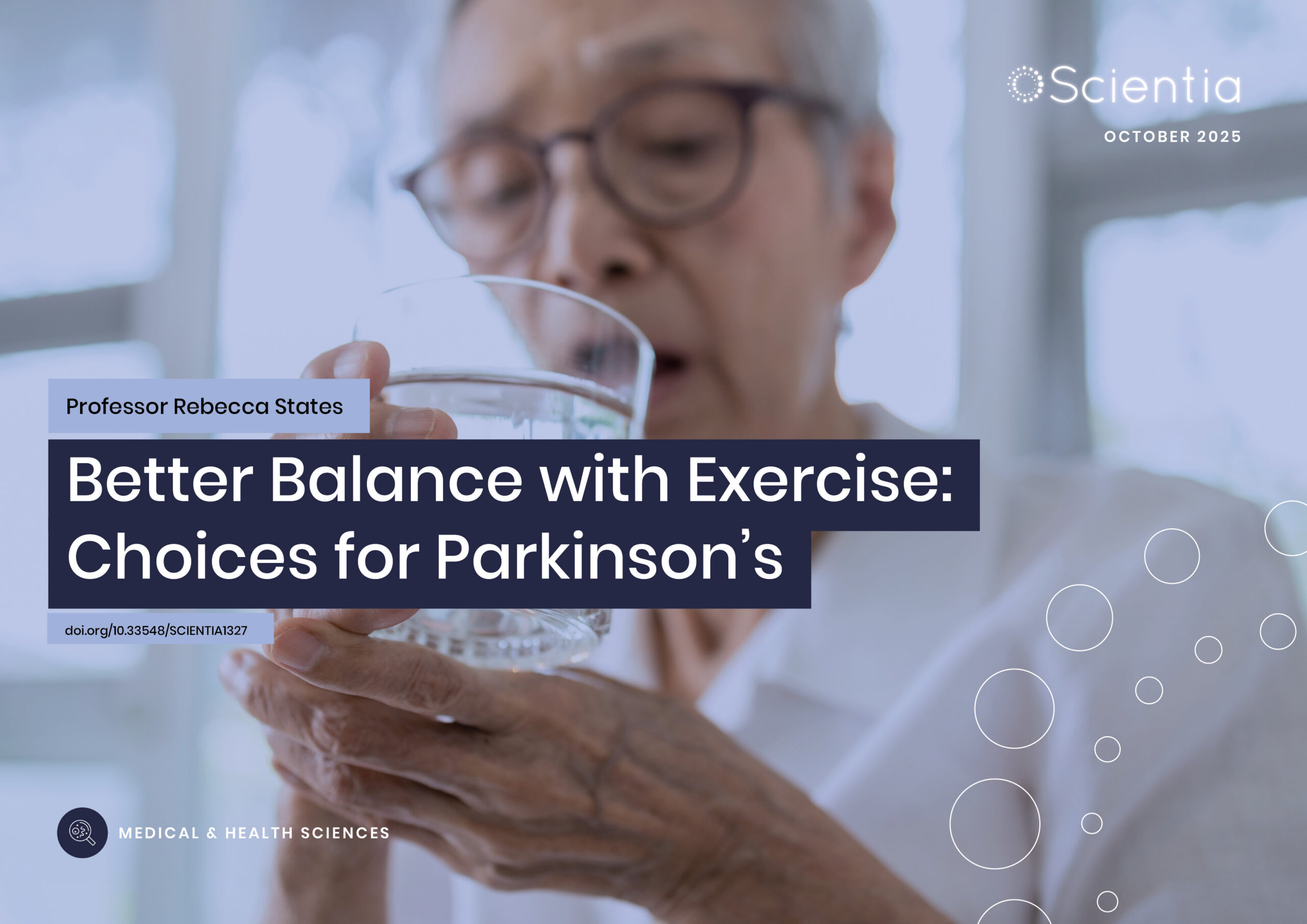Dr Hassan Farah | The Complex Relationship between Gait and Balance in Cerebral Palsy
Dr Hassan Farah worked as a Graduate Research Assistant at the Virginia Polytechnic Institute and State University. Using novel approaches, he explored the complex connection between gait and balance in children with a particular form of cerebral palsy. Understanding how these children coordinate and move is vital to discovering new rehabilitation targets that will improve their overall strength and mobility.
The Impact of Cerebral Palsy
According to the Centers for Disease Control and Prevention in the USA, cerebral palsy (CP) is the most common motor disability in childhood, affecting around 1 in 345 children. It is thought to be possibly caused by a problem with the development of the brain whilst in the womb or damage during or shortly after birth, but in many cases, the actual cause remains unknown.
CP is a lifelong condition that affects movement and coordination between the brain and the body. There is no cure, and the severity of symptoms can vary greatly, with some individuals experiencing only minor problems whilst others are severely disabled and even wheelchair-bound.
Dr Hassan Farah at the Virginia Polytechnic Institute and State University (Virginia Tech) in the USA is advancing our knowledge about hemiparetic cerebral palsy (HCP). This particular diagnosis affects around 30% to 40% of all the children in the USA who are born with CP. Children with HCP present with an involved side of their body being weaker than the other. This affects how they distribute weight across their legs and maintain stability during standing, leading to poor posture control when trying to walk.
Having reviewed previous studies examining balance and gait, Dr Farah has worked to understand how gait and balance influence each other. He hopes the methodology behind his research can someday provide data for therapists to identify more rehabilitation targets to improve the strength of the hemiplegic side and bilateral ability (that is, movements using both sides of the body). Such changes would greatly improve the ability of affected individuals to carry out the day-to-day activities most of us take for granted – like climbing the stairs or stepping past an object that is in the way.
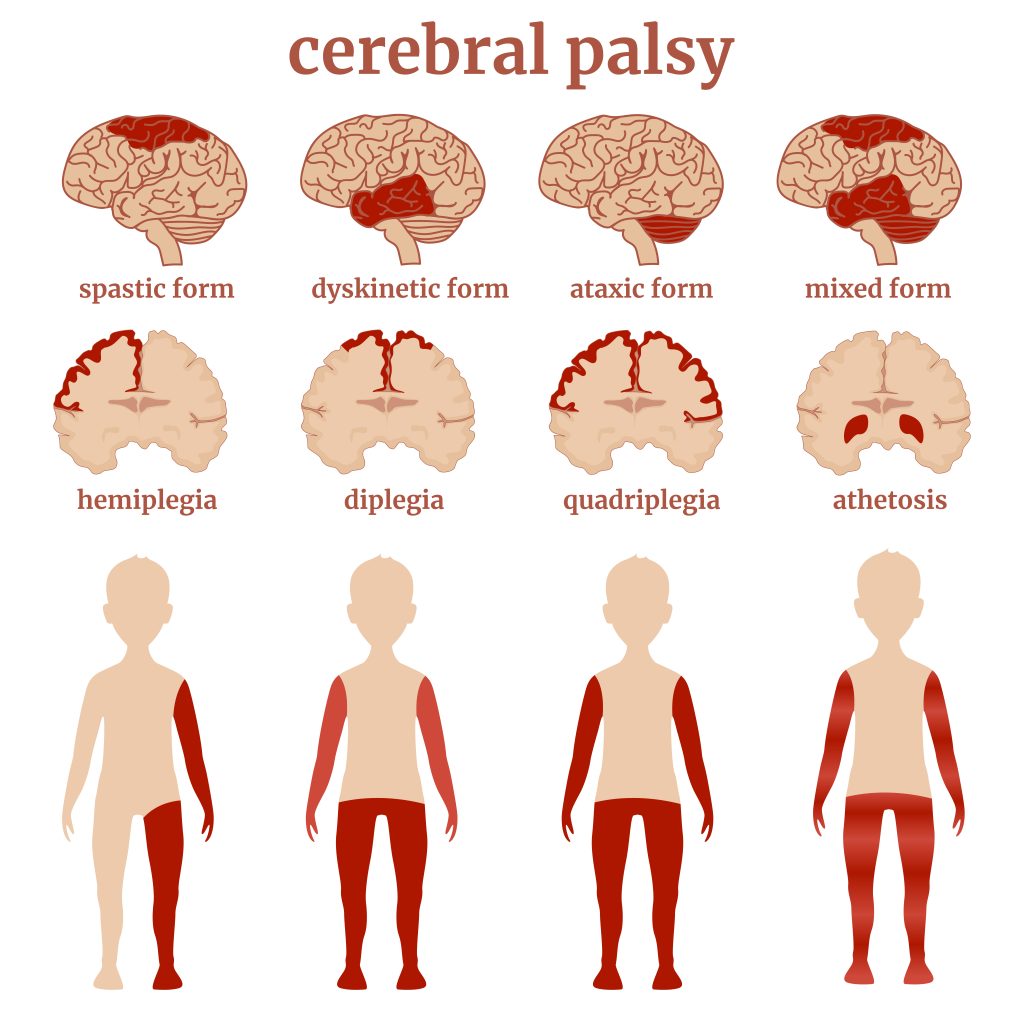
Achieving a Deeper Understanding
Dr Farah worked alongside Dr Stephanie DeLuca (Director of the Neuromotor Research Clinic and Associate Professor at the School of Neuroscience, Virginia Tech) and the Kevin P. Granata Biomechanics Lab on the Blacksburg campus to achieve a deeper understanding of the underlying mechanisms of standing and walking for children with HCP.
In a recent study, Dr Farah sought to better understand specifically how children with HCP anticipate gait. Since HCP causes one side of the body to be weaker than the other, the resulting asymmetry affects the child’s ability to distribute their centre of pressure evenly between their lower limbs, leading to poor posture control. This is highlighted by favouring the stronger side during balancing and a preference to begin walking (gait initiation) with their involved side that therapists have observed during treatment sessions.
He recruited three children with HCP, three age- and gender-matched typically developing children, and 12 non-matched typically developing children. Although lower than planned due to the pandemic, this sample size is consistent with the literature in this field. A simple ball-kick test was used to determine lower-limb dominance. The children were fitted with 50–60 reflective markers from their shoulders to their toes to allow a 10-camera motion capture system to track their movements while they carried out specific tasks and identify their centre of mass. Finally, force plates that the children stood on and walked across captured data about where and how pressure was distributed during standing and walking tasks.
Dr Farah hopes these novel data will help him specifically locate and track the centre of pressure and collect limb symmetry data (how stability changes through both sides of the body) during standing and walking activities in HCP. This will allow him to determine the impact of gait anticipation (the child’s expectation of their first step) on how they balance and distribute their body weight as they prepare to walk compared to when they stand still without anticipation.
Statistical analyses will also allow Dr Farah to compare the data from children with and without HCP, hopefully going some way towards filling knowledge gaps about the potential relationship between standing balance and gait anticipation. This study will provide a deep analysis of symmetry on balance and posture for children with HCP that is both novel and much needed. Therapists and researchers can then use this information to inform and develop new treatments.
‘My long-term career goal is to utilise biomechanics as a tool to define target measures for therapists to develop treatment options that are cost-effective, less risky than surgery, and ultimately more accessible to families.’
Investigating Gait Initiation
Children with HCP have a clear difference in the ability of their limbs, but researchers have not succeeded in quantifying or comparing these differences. A driving force behind this study came from conversations Dr Farah had with therapists in the Neuromotor Research Clinic, who observed that children with HCP would prefer to shift their weight to their stronger side during standing. As such, it is unknown how children with HCP initiate gait when their involved side bears the majority of their weight as the stance foot (which allows the other foot to offload when someone begins walking).
Gait initiation relies on the coordinated movement of the centre of pressure and centre of mass, but the asymmetry of HCP will impede the child’s ability to do this effectively. Dr Farah sought to determine the impact of changing the stance limb (switching between the dominant and non-dominant limb) on how the centre of pressure changes and the child’s reaction time during gait initiation. This was repeated and compared with children who are typically developing as well.
Assessing the ability of each limb in taking the role of the ‘leading’ limb as the child walks will provide a framework to allow the evaluation of how each limb performs during other types of movements, such as walking up stairs. Findings will contribute to the development of new physical therapy and rehabilitation targets that could improve the coordination of both limbs and encourage improvements in bilateral ability.
Critical Next Steps
Current treatments for CP include physical therapy and rehabilitation, orthotic devices, assistive devices and technologies, medication, and surgery. Since symptoms can vary greatly between those with HCP, treatment is not a one-size-fits-all approach. Some options, such as surgery, pose a greater risk of complications and are associated with higher costs.
Dr Farah’s long-term goal is to define targets for rehabilitation that are cost-effective, have lower risks compared to surgery, and are ultimately more accessible to the families of children with HCP. Supported by a team of experts from a wide range of specialities (from paediatric rehabilitation to biomechanics and biostatistics), the proposed research represents critical steps forward in understanding the complex relationship between gait and balance, thus improving the health outcomes for children with HCP.
SHARE
DOWNLOAD E-BOOK
REFERENCE
https://doi.org/10.33548/SCIENTIA945
MEET THE RESEARCHERS
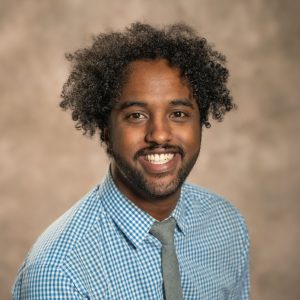
Dr Hassan-Galaydh M. Farah
Translational Biology, Medicine & Health
Virginia Polytechnic Institute and State University
Blacksburg, VA
USA
Dr Hassan-Galaydh M. Farah received his PhD in Translational Biology, Medicine, and Health at Virginia Polytechnic Institute and State University (Virginia Tech). He was a Fellow of the National Institute of Child Health and Human Development, and his research aimed to help children with cerebral palsy. In 2021, he was the Executive Chair of the Roanoke Graduate Student Association at the Fralin Biomedical Research Institute. He received his BSc in Physiology from the University of Arizona in 2018, where he also worked as an undergraduate researcher, peer mentor and student activist.
Dr Farah leads an active role in all aspects of student life, being Executive Director of The Big Event at Virginia Tech, the Founder and Leader of the Black Professional Student Collective at Roanoke, and President of the Black Student Union at the University of Arizona in addition to facilitating large scale demonstrations and negotiations with university administration. In 2017, he received the Centennial Achievement Award from the Dean of Students Office at the University of Arizona. Dr Farah has accepted a postdoctoral position at the Aspen Institute’s Science & Society program as a Science & Social Justice project manager, looking after their STEAM Mentorship initiative ‘Our Future Is Science’. He now gets to pull from this wide array of experiences to establish a platform for students from historically marginalised backgrounds to engage in science, research, and advocacy to tackle social justice issues in their own communities.
CONTACT
E: hassan.farah@aspeninstitute.org
W: https://www.aspeninstitute.org/people/hassan-farah/
Social Media:
Instagram: https://www.instagram.com/vtneuromotorclinic
Twitter: https://twitter.com/granatalab
KEY COLLABORATORS
Dr Stephanie DeLuca, Virginia Tech
Dr Sara Arena, Virginia Tech
Dr Alexandra Hanlon, Virginia Tech
Dr Sarah Parker, Virginia Tech
Dr Robin Queen, Virginia Tech
FUNDING
National Institute of Child Health and Human Development
FURTHER READING
SC DeLuca, J Case-Smith, R Stevenson, SL Ramey, Constraint-induced movement therapy (CIMT) for young children with cerebral palsy: Effects of therapeutic dosage, Journal of Pediatric Rehabilitation Medicine, 2012, 5(2), 133–142. DOI: https://doi.org/10.3233/PRM-2012-0206
SL Pavão, AN dos Santos, MH Woollacott, NACF Rocha, Assessment of postural control in children with cerebral palsy: A review, Research in developmental disabilities, 2013;34(5), 1367–1375. DOI: https://doi.org/10.1016/j.ridd.2013.01.034
![]()

REPUBLISH OUR ARTICLES
We encourage all formats of sharing and republishing of our articles. Whether you want to host on your website, publication or blog, we welcome this. Find out more
Creative Commons Licence (CC BY 4.0)
This work is licensed under a Creative Commons Attribution 4.0 International License. 
What does this mean?
Share: You can copy and redistribute the material in any medium or format
Adapt: You can change, and build upon the material for any purpose, even commercially.
Credit: You must give appropriate credit, provide a link to the license, and indicate if changes were made.
SUBSCRIBE NOW
Follow Us
MORE ARTICLES YOU MAY LIKE
Dr Ray Stewart | Barriers to Dental Care for People with Special Needs: A Crisis of Neglect and Inaction
For people with special healthcare needs, something as basic as visiting a dentist can be nearly impossible. A ground-breaking paper by researchers at the University of California, San Francisco (UCSF) exposes the scale of this crisis. By outlining potential paths forward, Dr Ray Stewart and Dr Ben Meisel offer hope for significant improvements in access to essential dental care.
Dr Liisa Laakso | Lighting the Way: Exploring Photobiomodulation to Ease MELAS
MELAS is a rare and serious genetic condition that affects how the body’s cells produce energy, leading to extreme fatigue, muscle weakness, and a range of other symptoms. With no cure currently available, treatment focuses only on managing complications.
A team of researchers led by Dr Liisa Laakso at the Mater Research Institute-University of Queensland, Australia, is exploring an innovative, non-drug therapy called photobiomodulation, which uses light to stimulate mitochondria to work more efficiently. This pioneering study will provide intial evidence on whether PBM can safely reduce fatigue and improve quality of life for people living with MELAS, paving the way for future clinical trials.
Professor John Paul Pezacki, PhD, FRSC (UK) | Engineering Proteins for the Prevention of Disease Progression
The way in which viruses invade and replicate within their hosts involves a multilayered system of protein-based interactions, and understanding the mechanisms at play is crucial when developing potential treatments. Utilising new techniques such as genetic code expansion, Professor John Paul Pezacki and his team of researchers at the University of Ottawa in Canada have designed a novel, highly specific artificial protein complex which can halt the progression of viral infections in human cells. They have identified and described a novel approach to wider preventative and restorative therapeutics in human disease.
Professor Rebecca States | Better Balance with Exercise: Choices for Parkinson’s
Parkinson’s disease is the most rapidly growing neurological disease worldwide. At present, there are no treatments that can prevent or reverse the damage caused by this disease. Therefore, there is a demand for therapies that ease and manage symptoms. Professor Rebecca States of Hofstra University collaborated with colleagues from Long Island University to evaluate the effects of exercise on the balance and postural control of individuals with Parkinson’s disease. The outcomes shed light on how exercise should be used for healthcare practitioners and researchers working with Parkinson’s disease.


